-
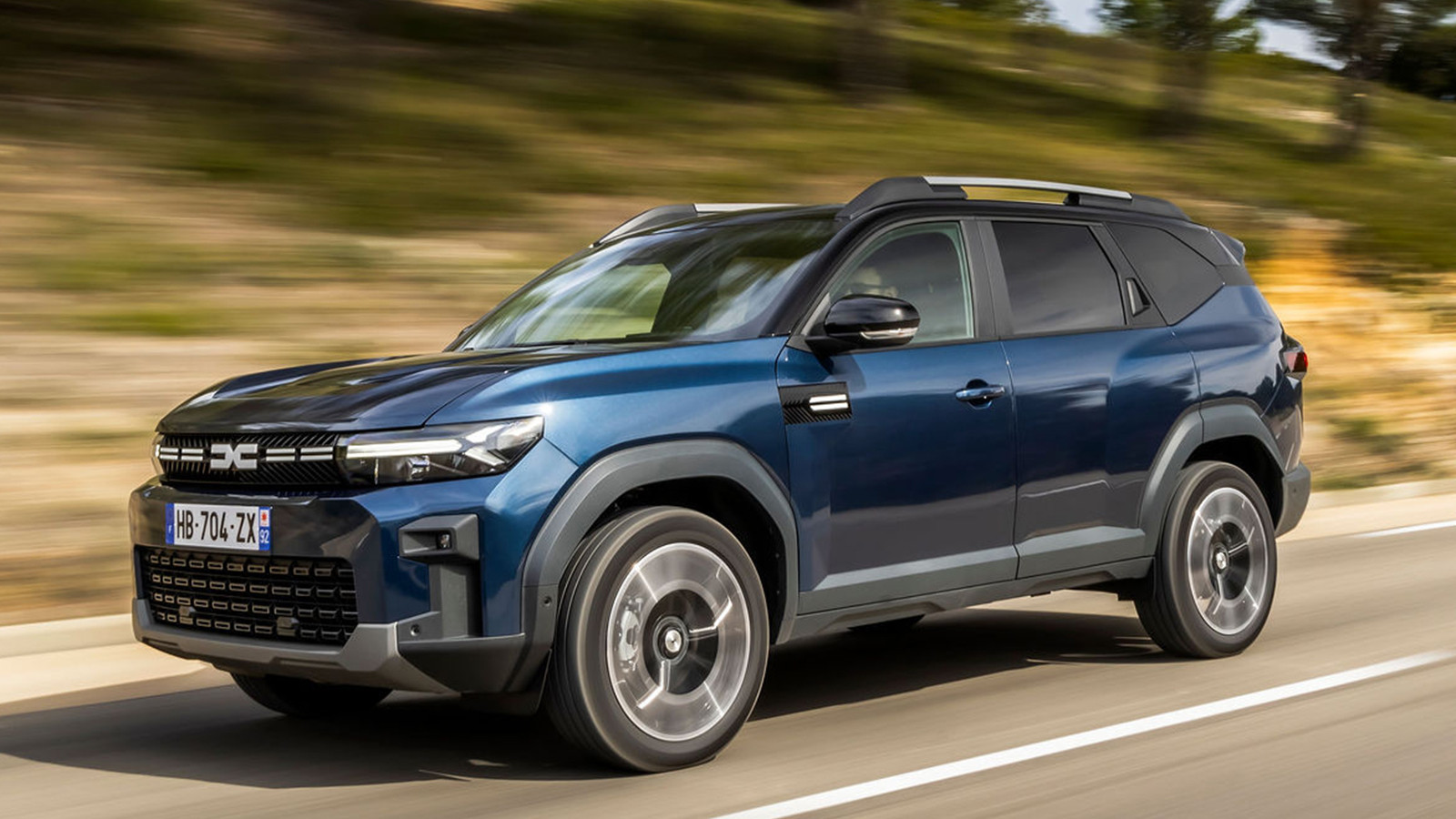 © Dacia
© Dacia -
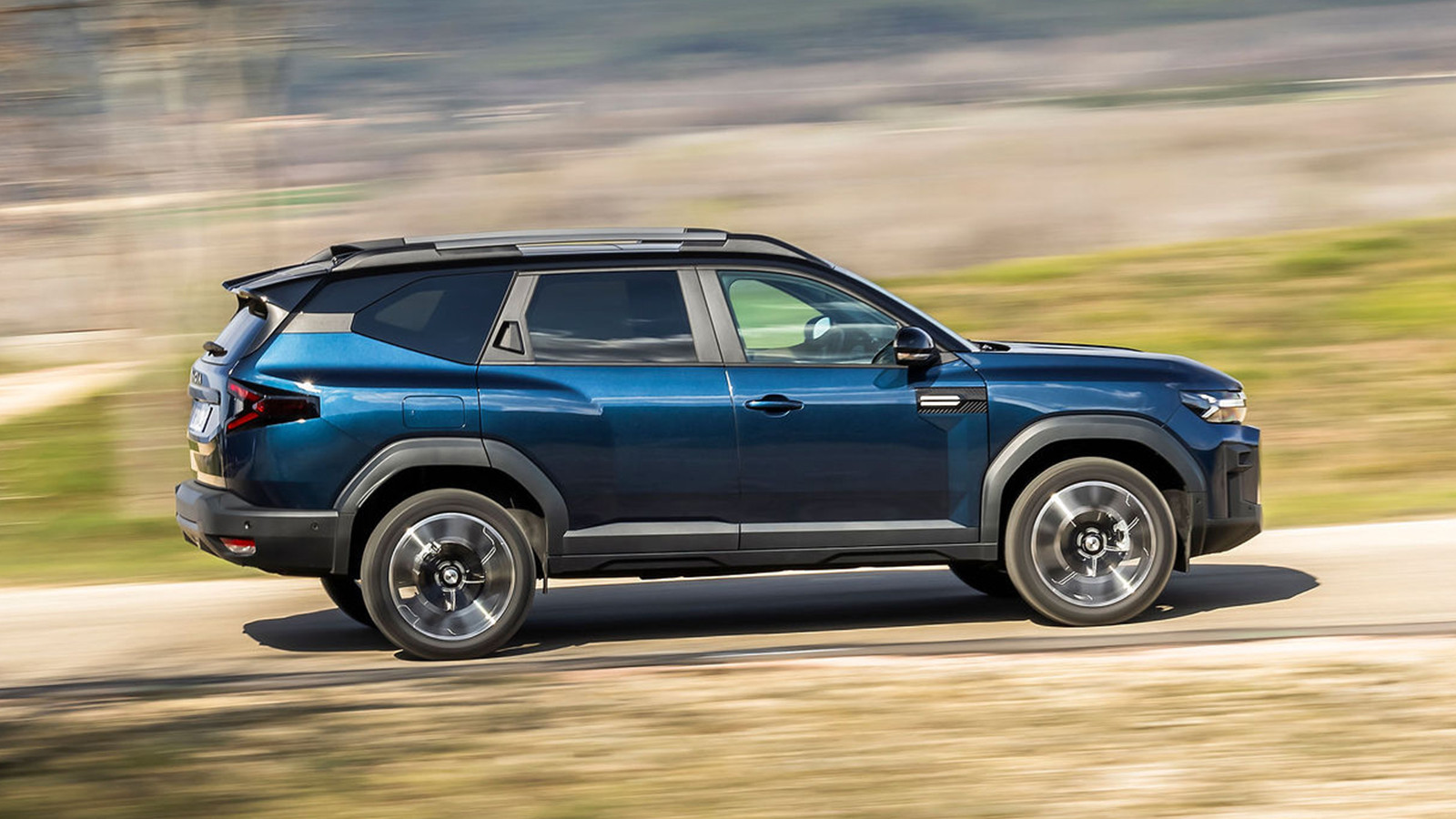 © Dacia
© Dacia -
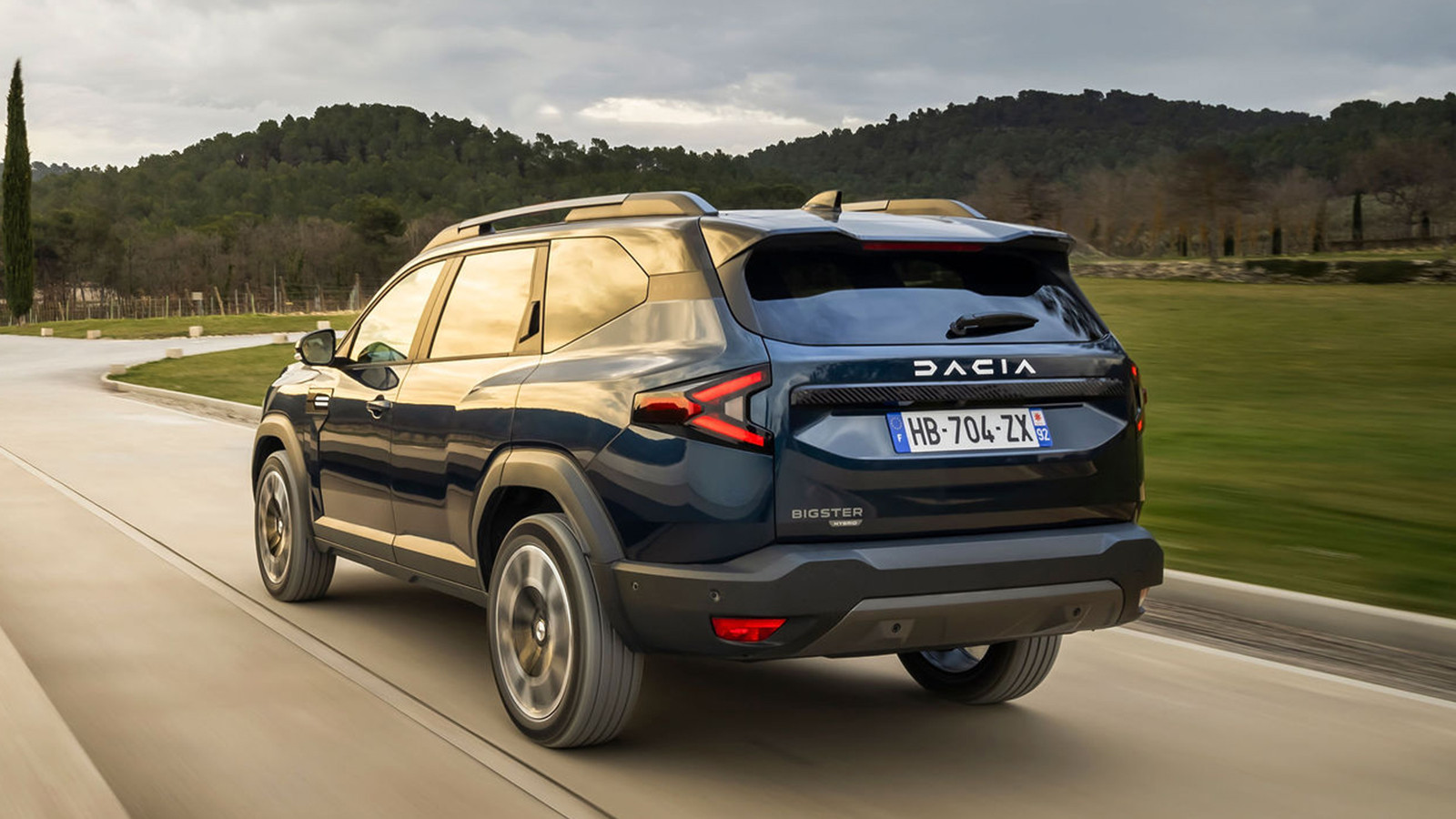 © Dacia
© Dacia -
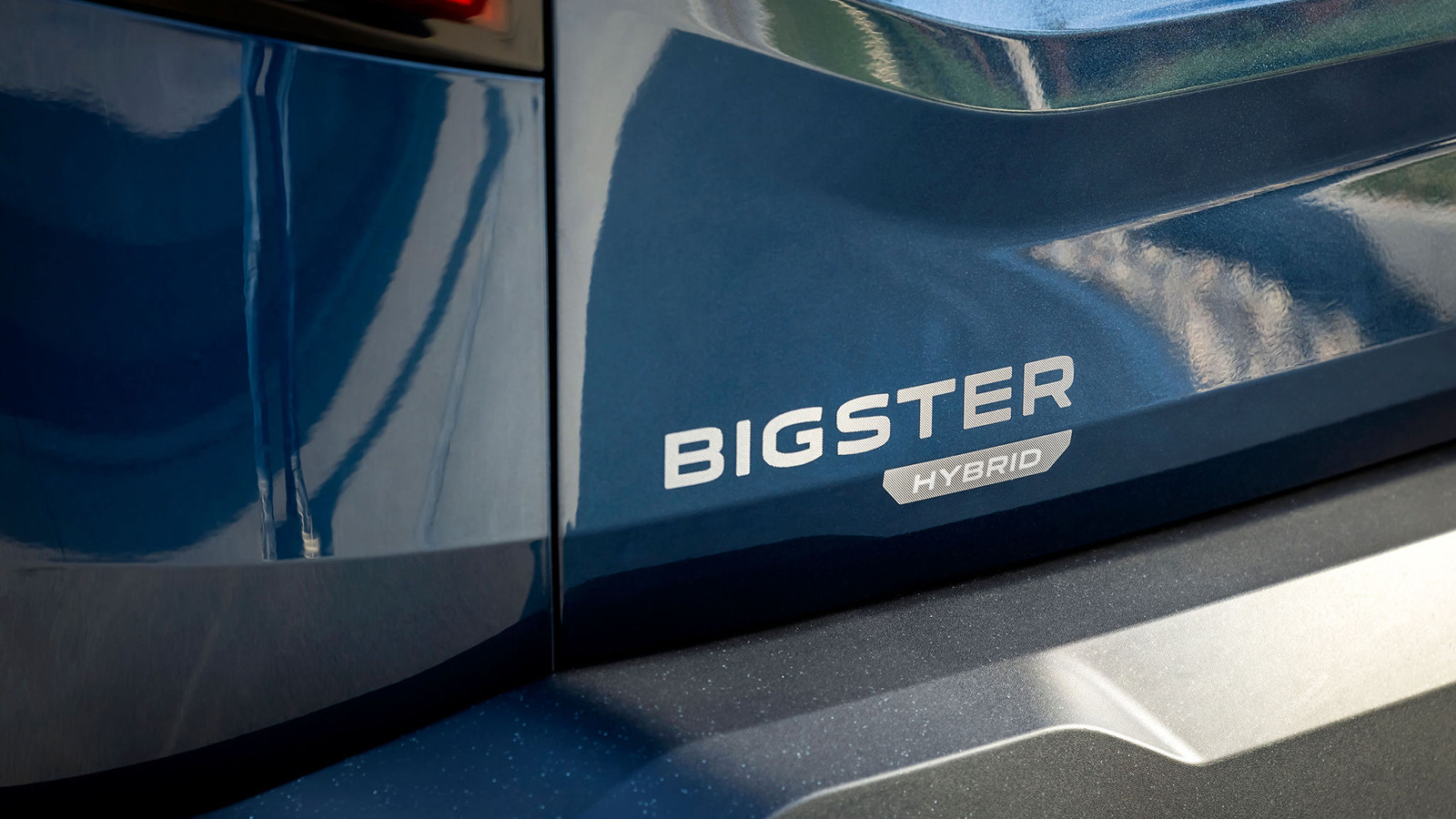 © Dacia
© Dacia -
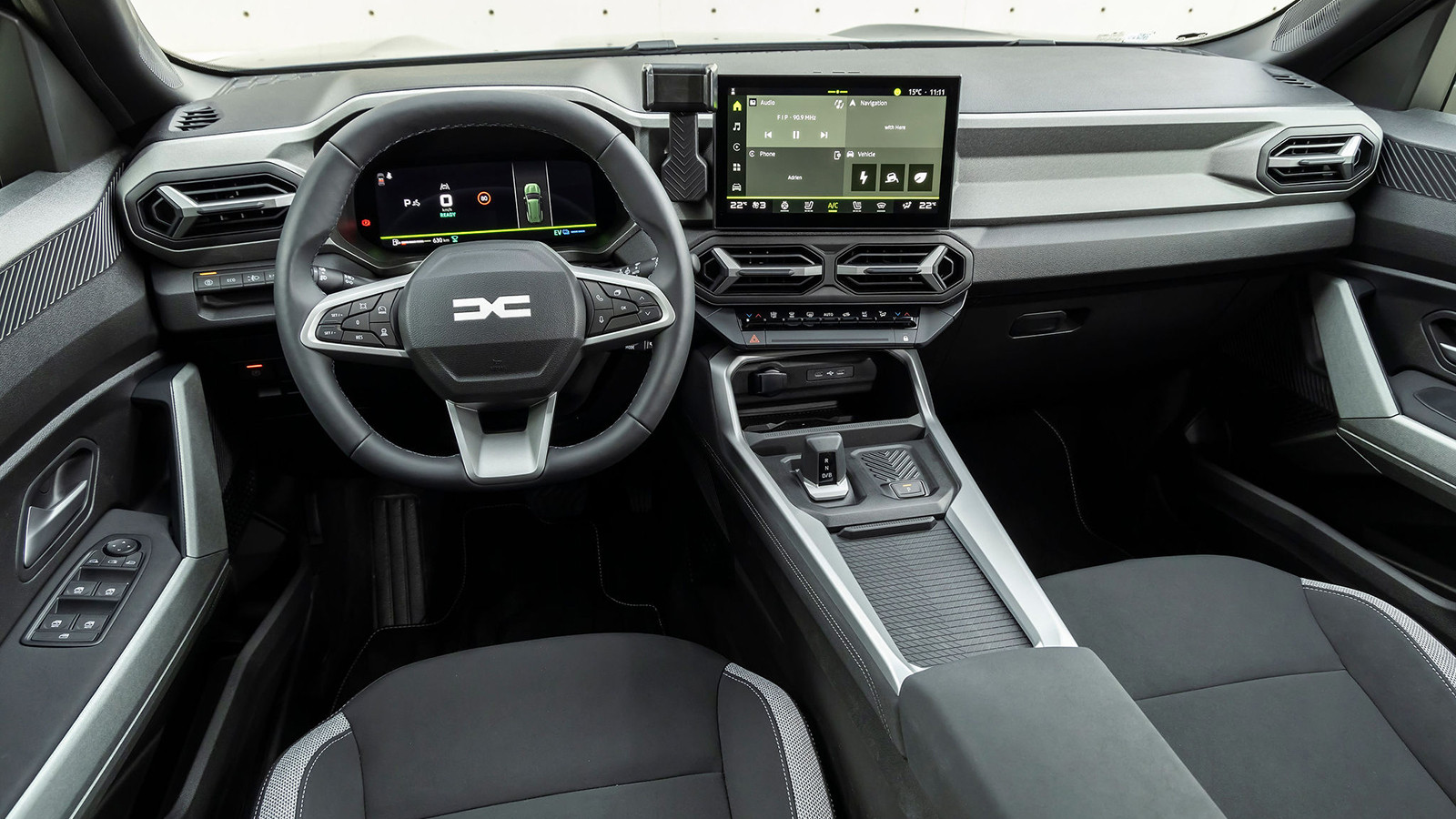 © Dacia
© Dacia -
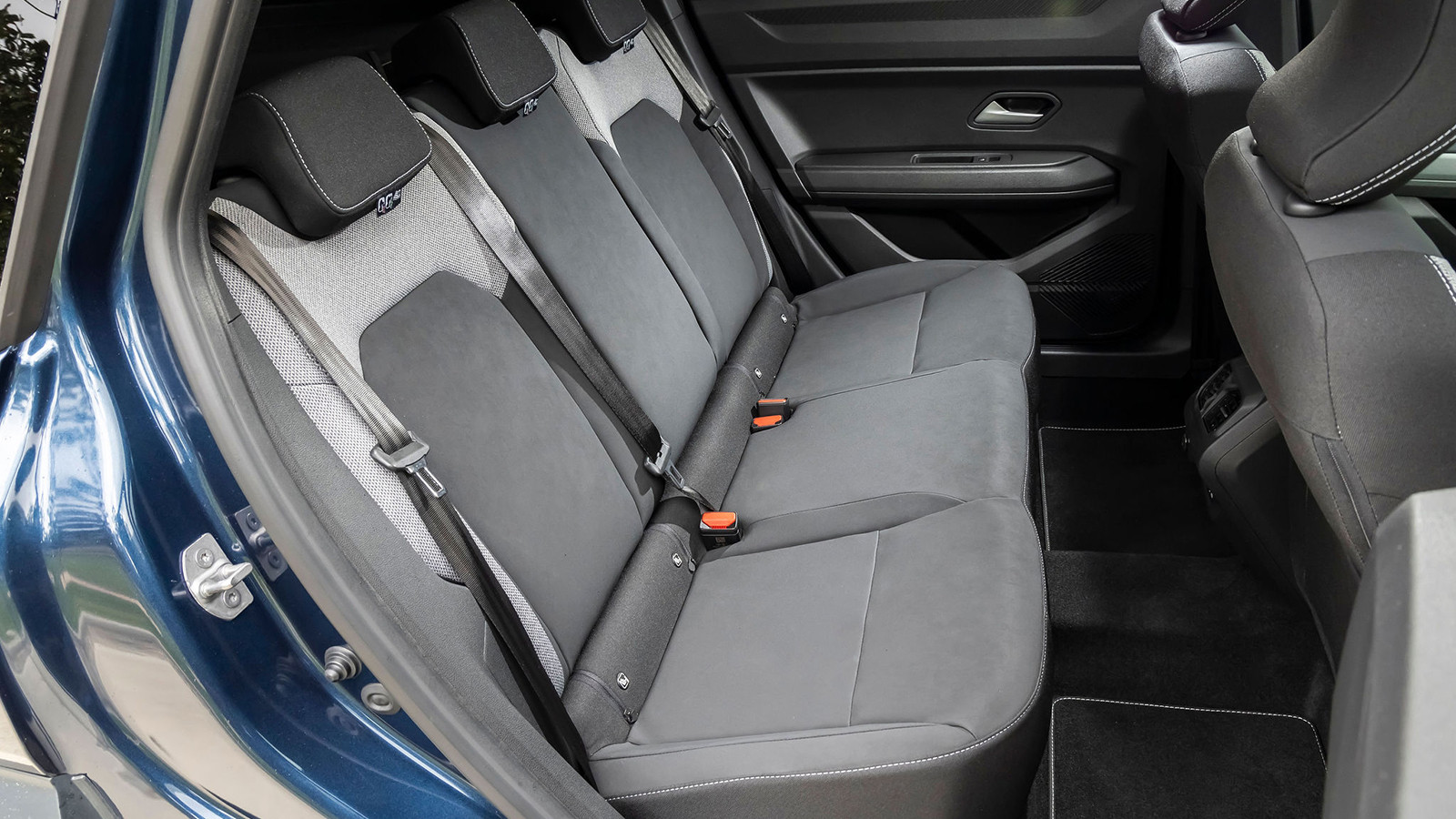 © Dacia
© Dacia -
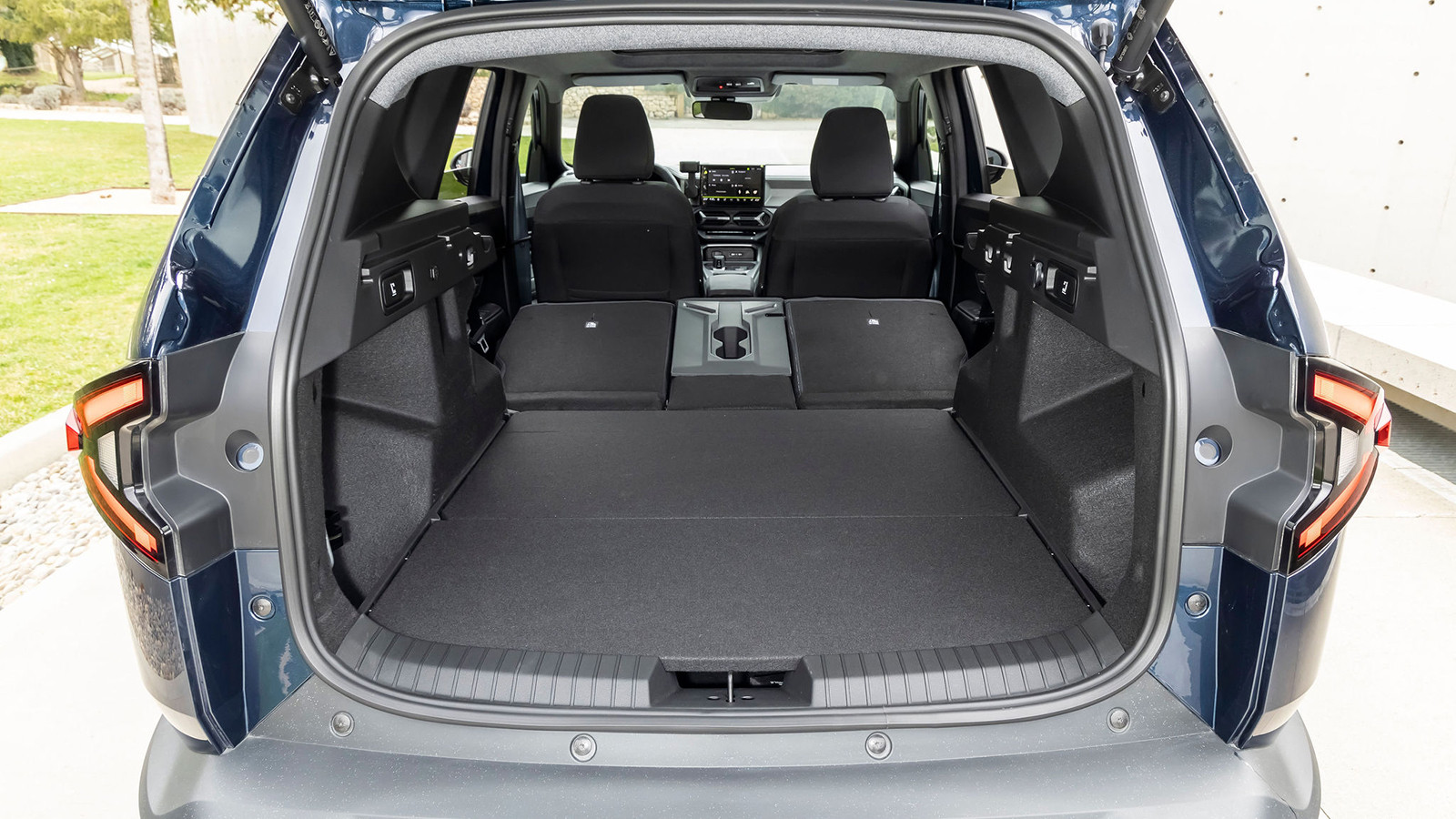 © Dacia
© Dacia -
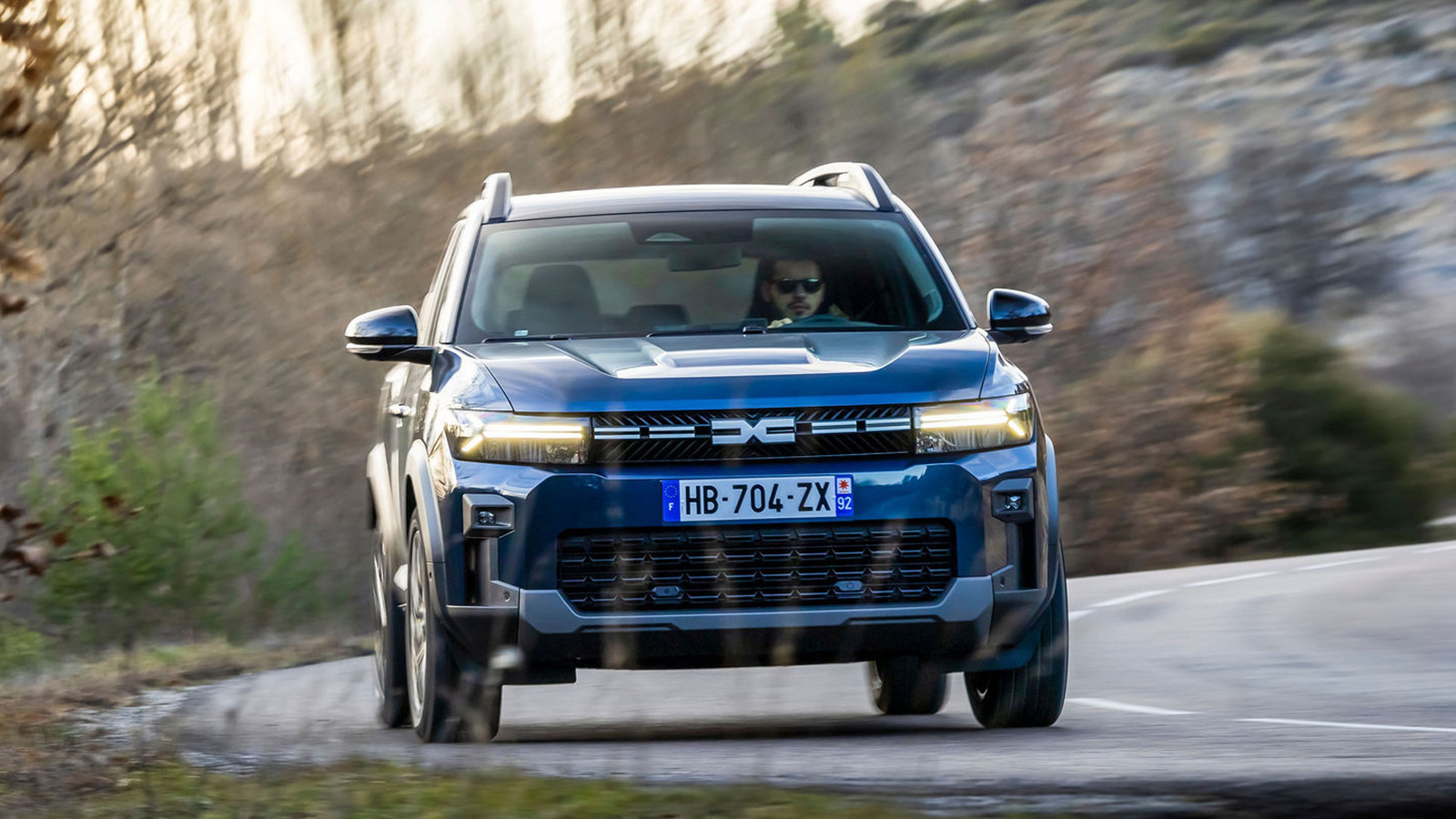 © Dacia
© Dacia -
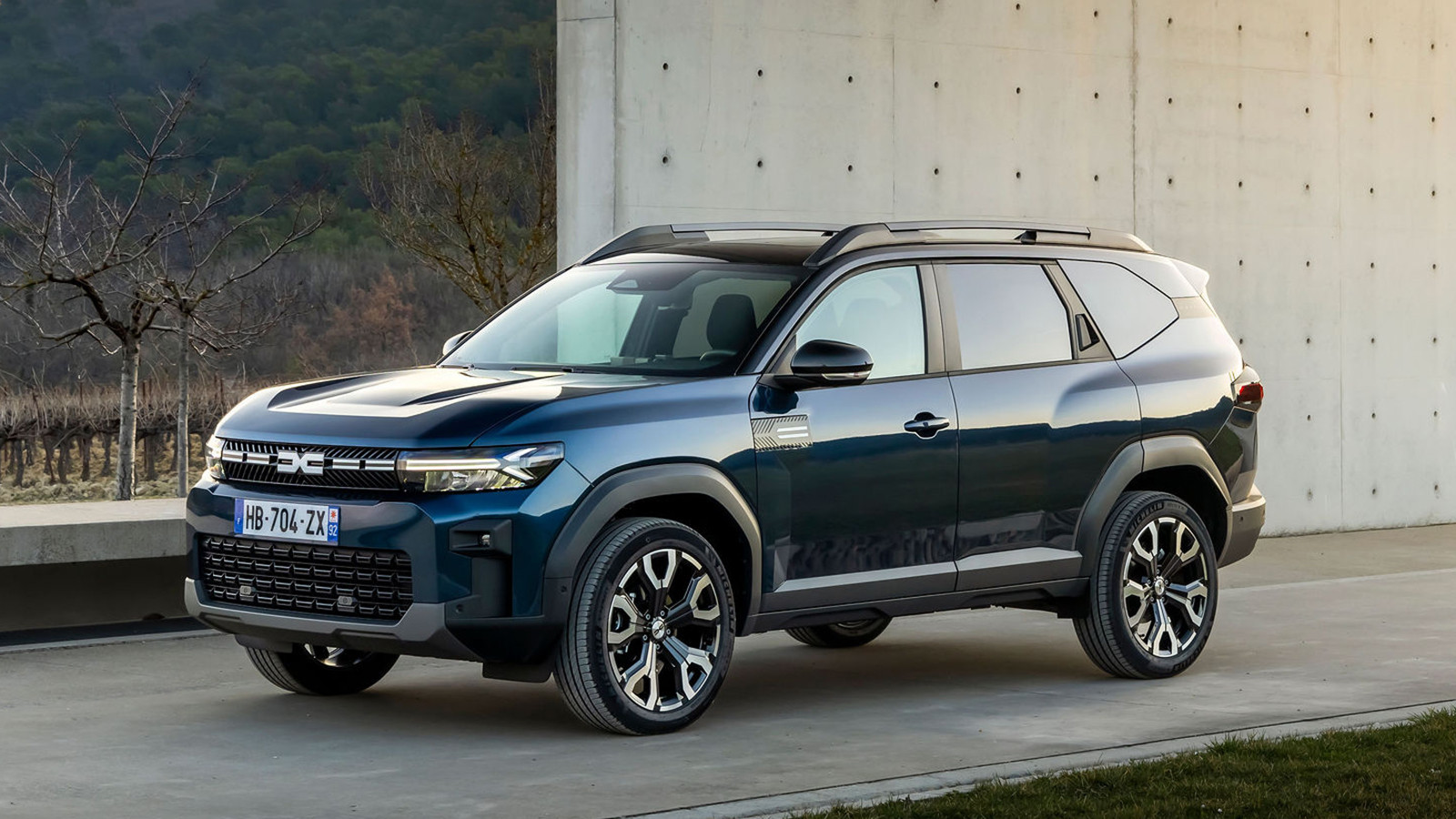 © Dacia
© Dacia -
 © Dacia
© Dacia -
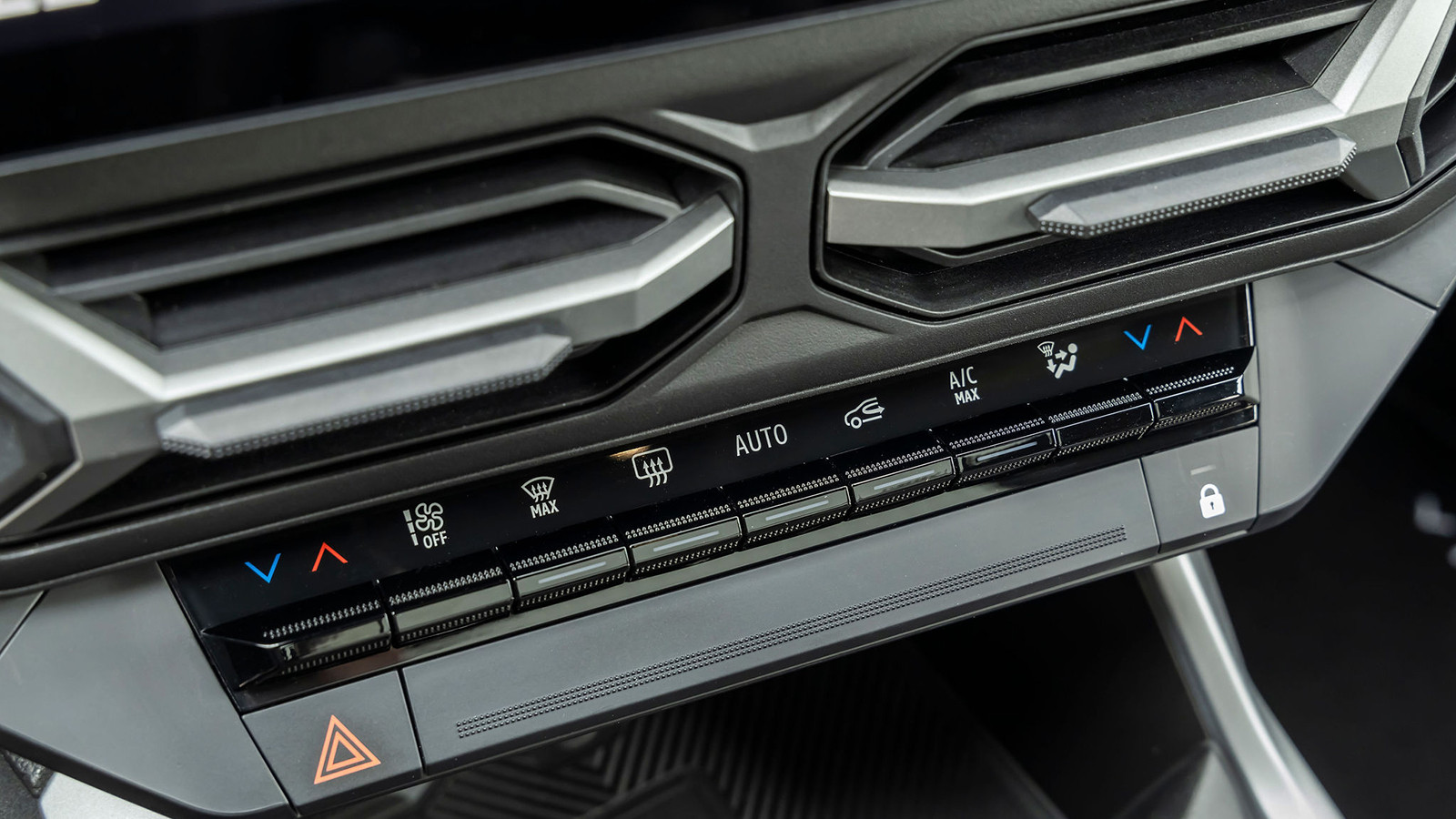 © Dacia
© Dacia -
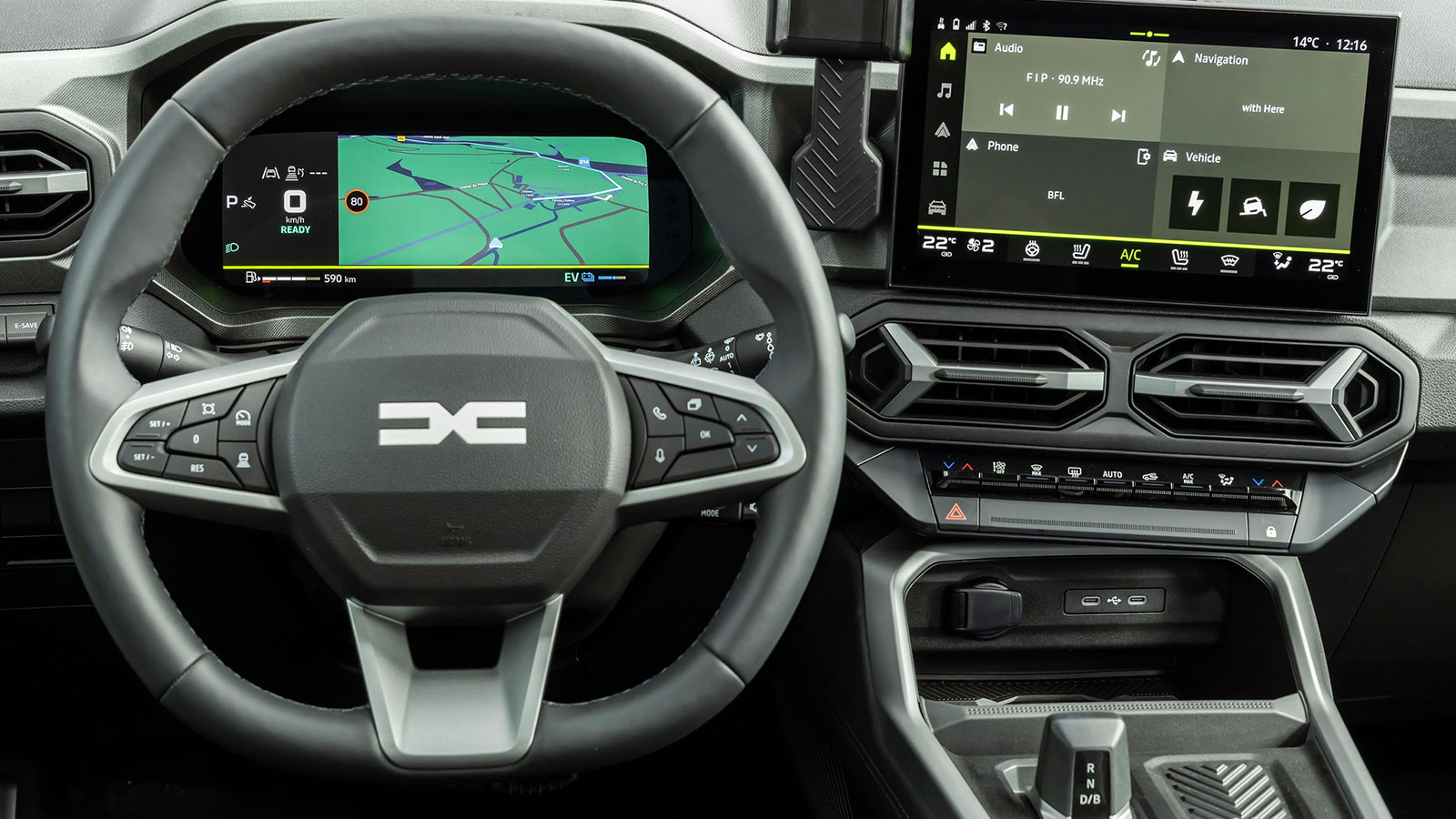 © Dacia
© Dacia -
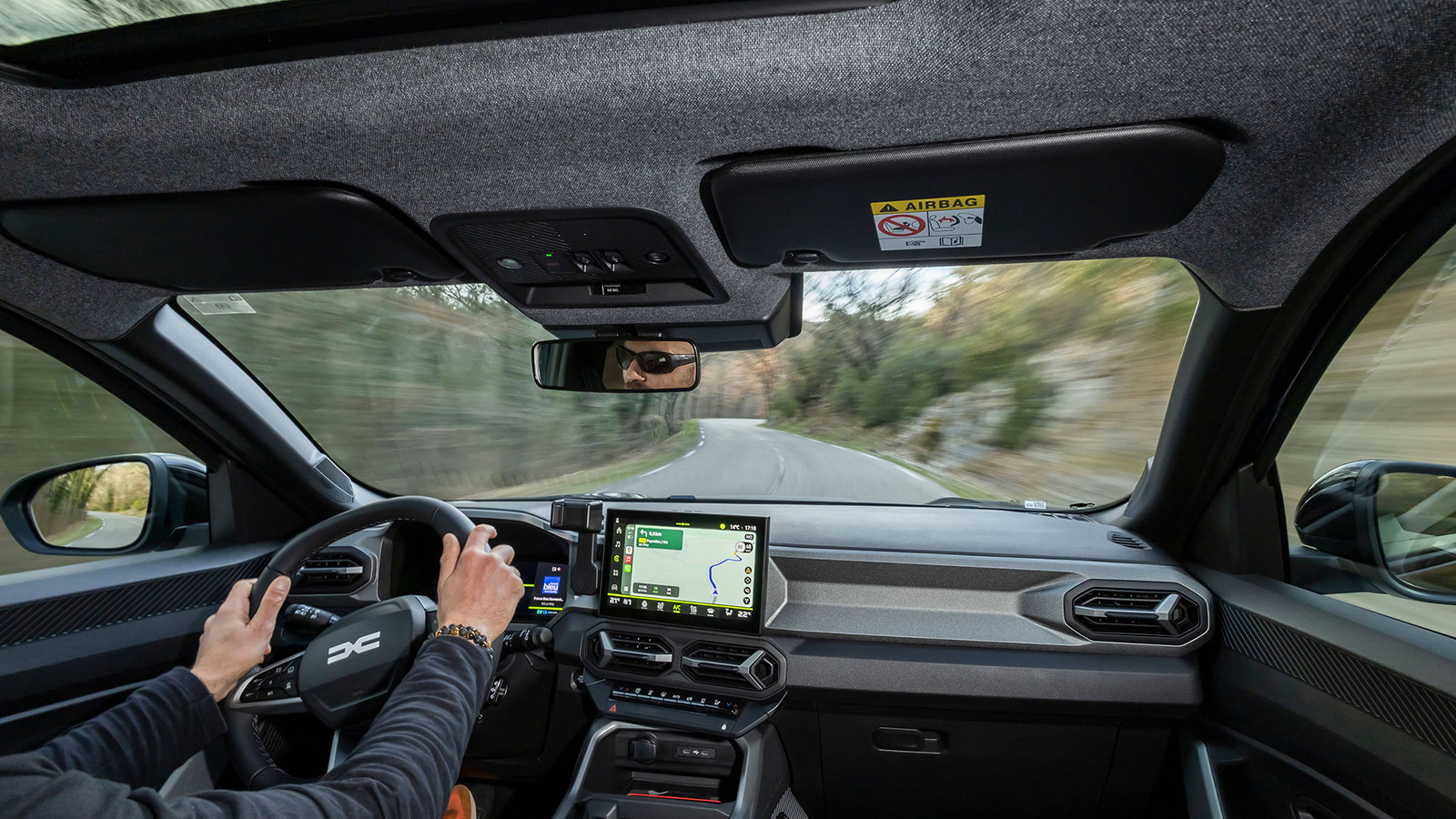 © Dacia
© Dacia -
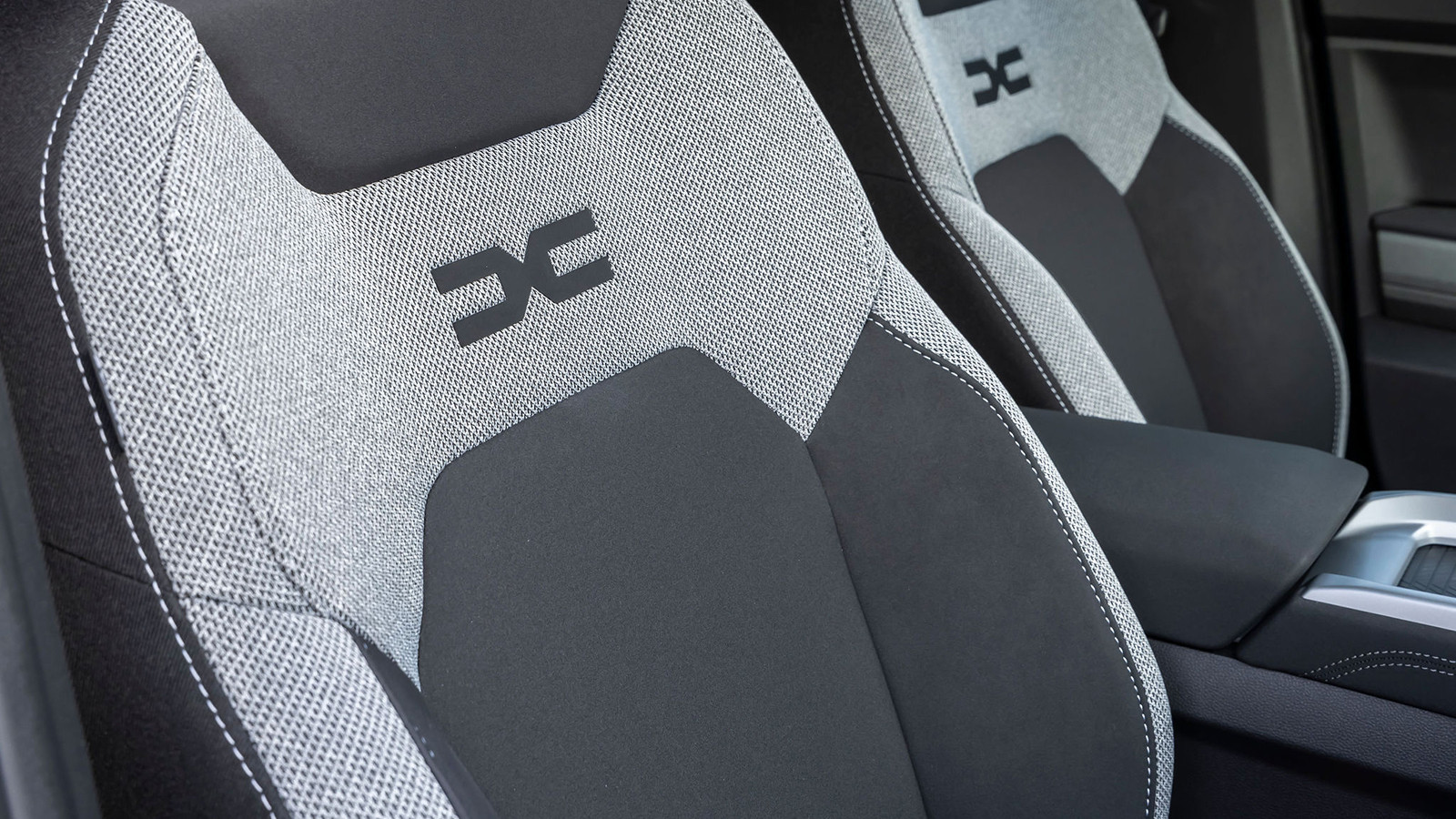 © Dacia
© Dacia -
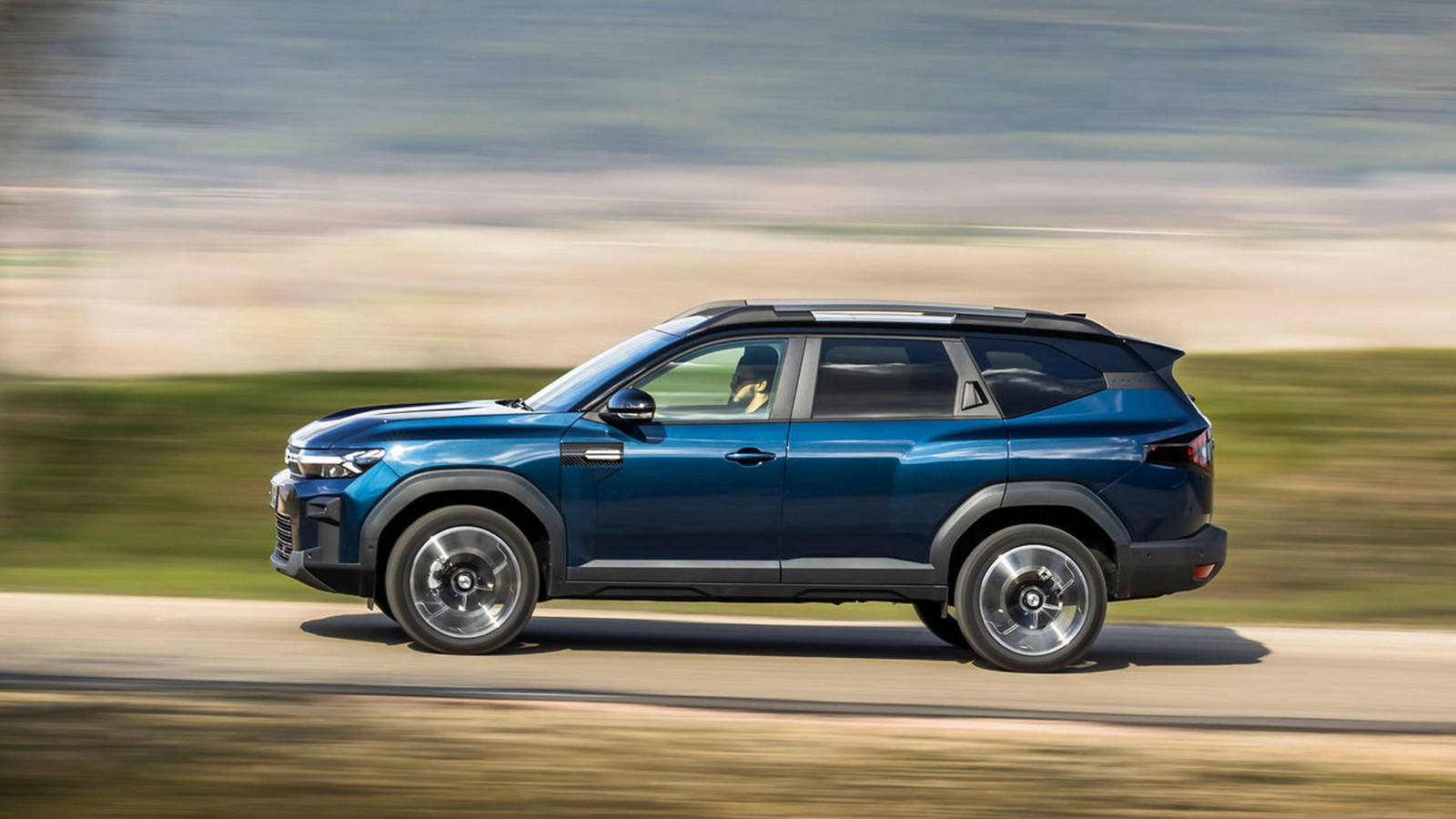 © Dacia
© Dacia -
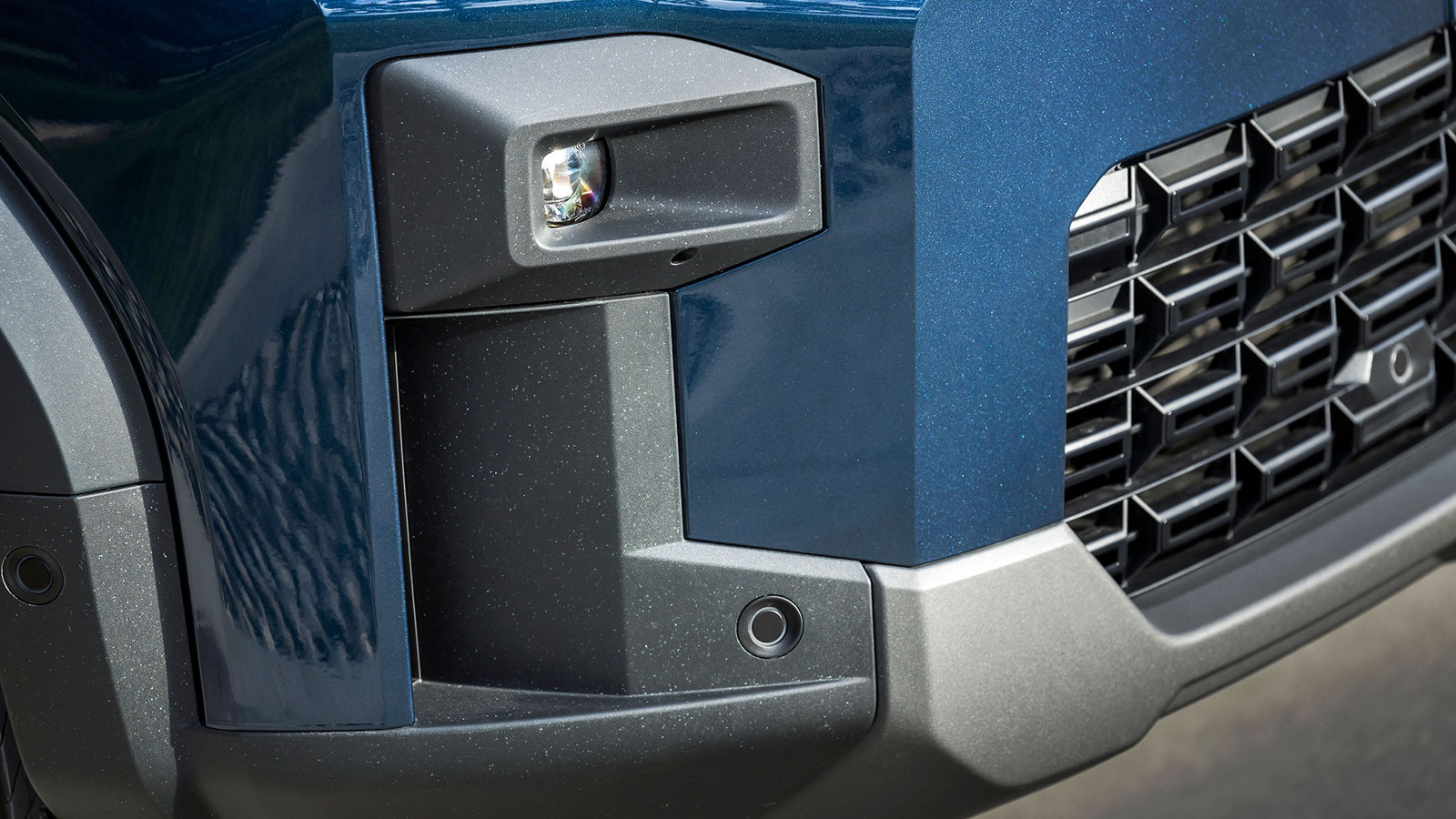 © Dacia
© Dacia -
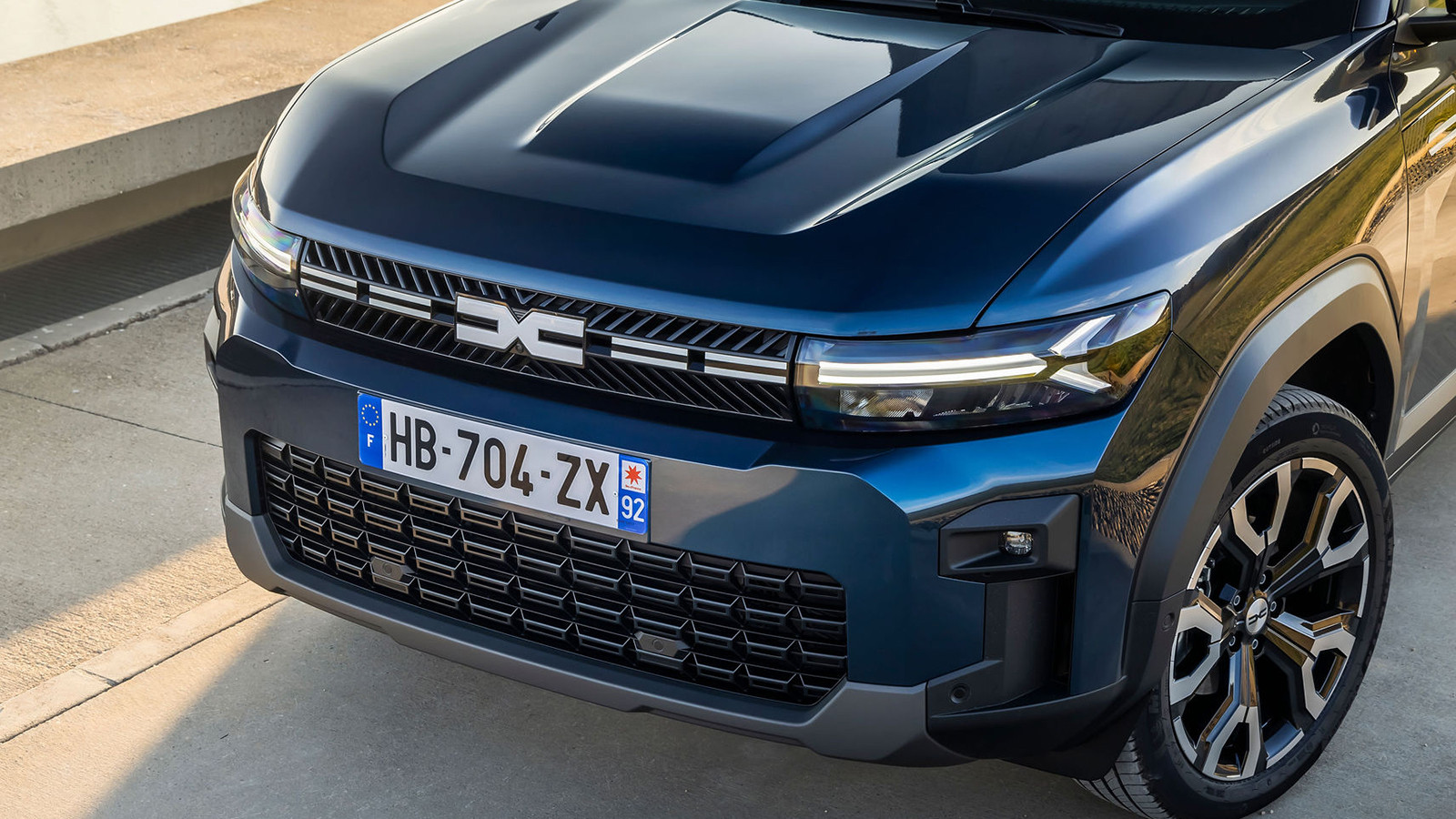 © Dacia
© Dacia -
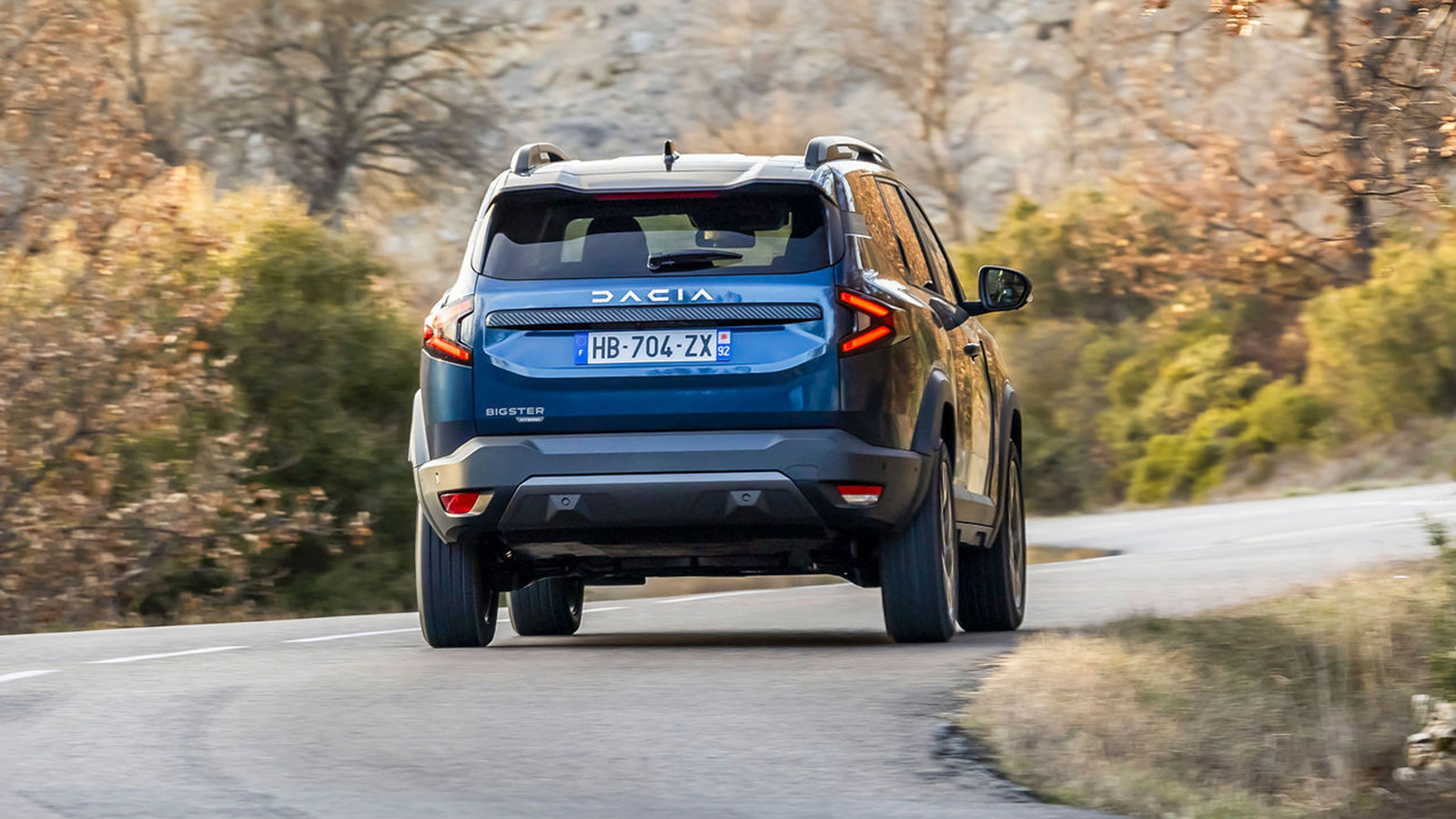 © Dacia
© Dacia -
 © Dacia
© Dacia -
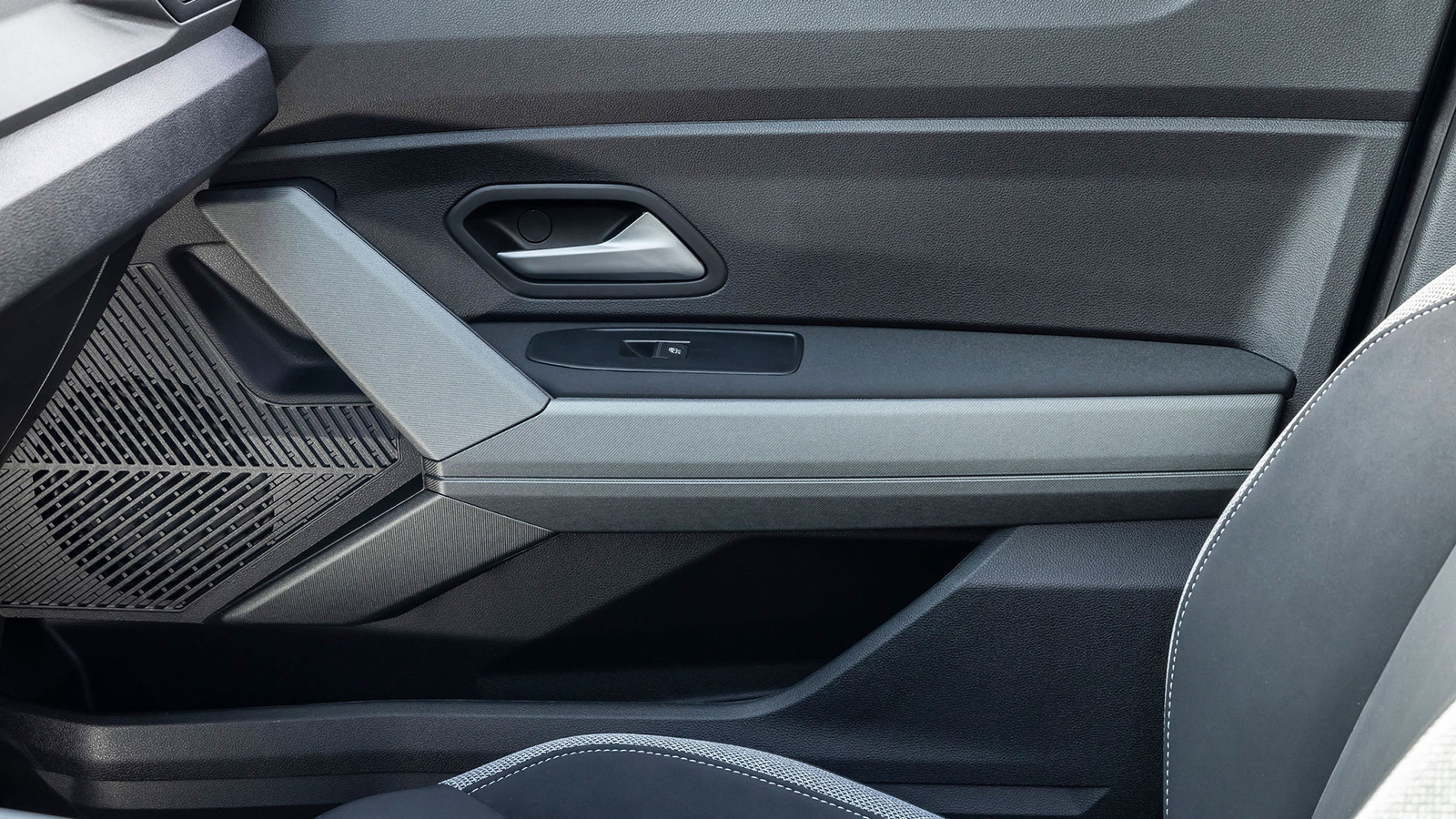 © Dacia
© Dacia -
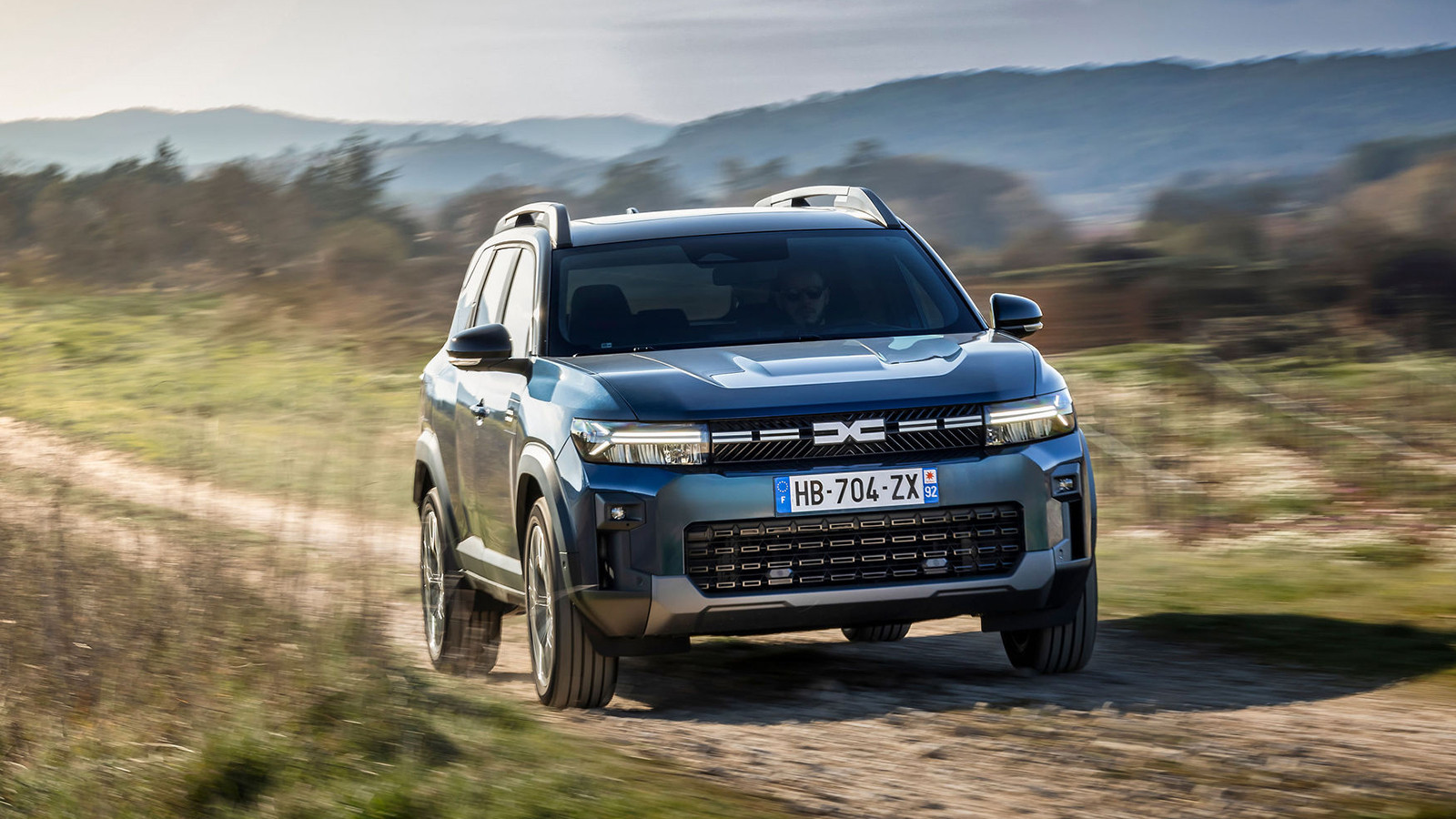 © Dacia
© Dacia -
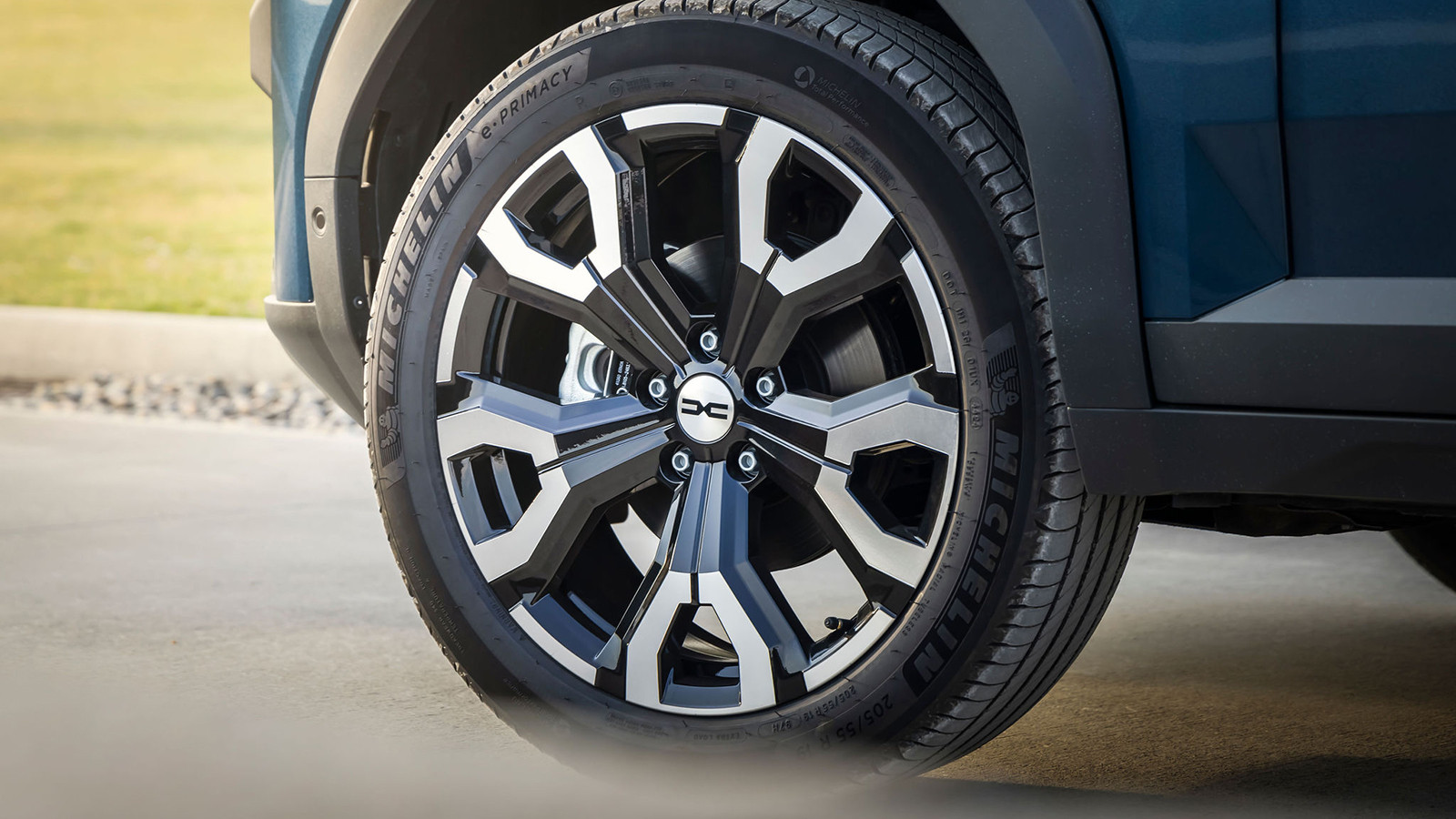 © Dacia
© Dacia -
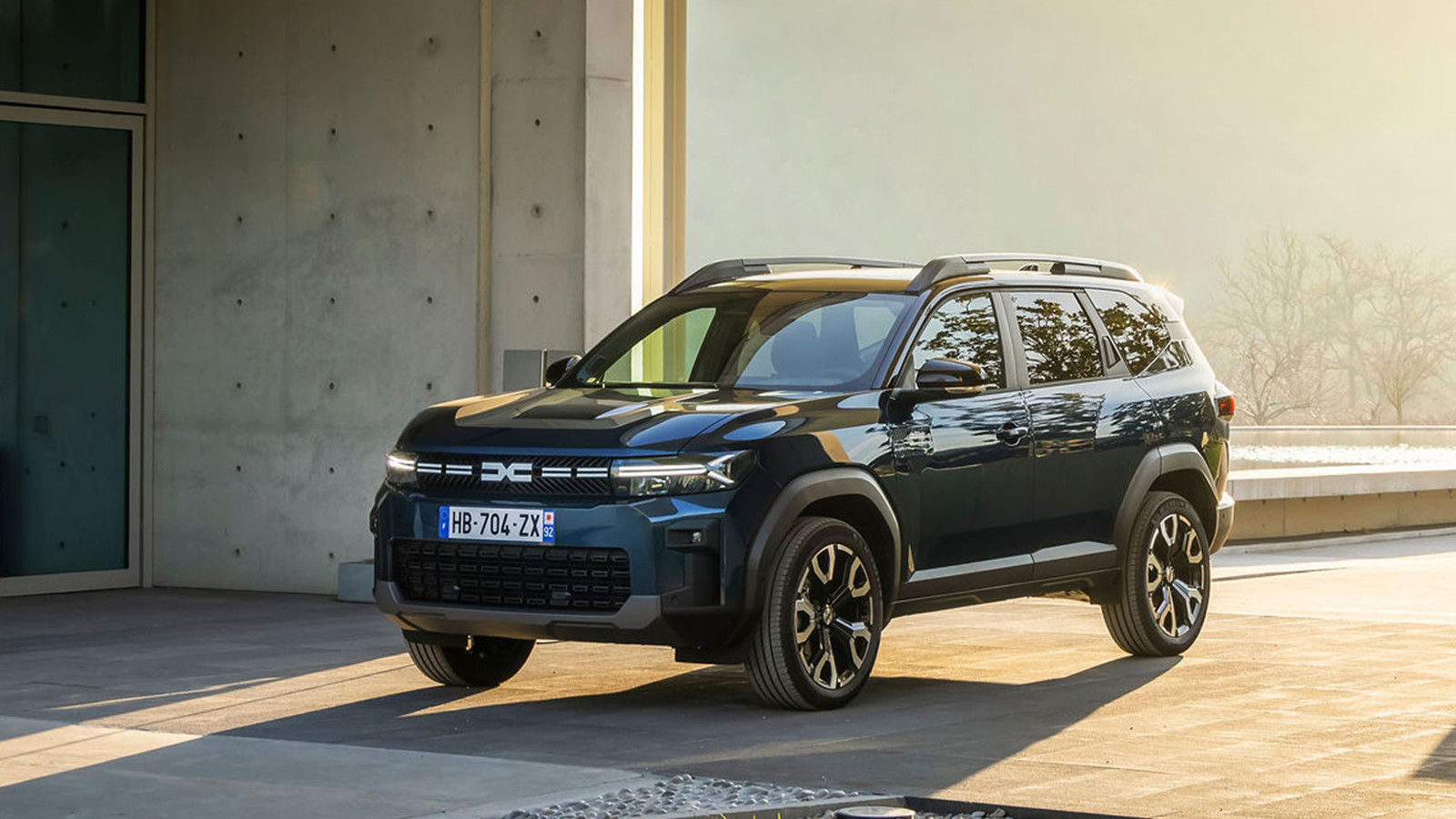 © Dacia
© Dacia -
 © Dacia
© Dacia
-
So massive is the gravitational pull of the C-SUV segment that it’s now quicker to list the car makers that don’t compete in it than those that do.
Almost all of them offer and electrified hybrid powertrain, and almost all of them fail to stand out from their peers. This new entrant, though, hopes to stand out a little bit more.
-
You will know the biggest of the mainstream hitters: Kuga, Kodiaq, Qashqai, Sportage, Tiguan, Tucson. Automotive household names. Some of these cars are propping up the company that makes them, so insatiable is the appetite for Goldilocks crossovers that aren’t awkwardly big but still offer plenty of space and don’t cost too much on a monthly finance deal.
-
It’s doubtful that any CEOs of the C-SUV incumbents will have been overjoyed to learn that Dacia is now entering the fray with the Bigster. It’s a bit of a silly name, but the decision to make this car was anything but a joke. This is the area where Kia and Hyundai are most successful in Europe, with the Sportage and Tucson, but Dacia wants to steal some of that pie.
-
In terms of design, pricing and drivability, the Renault-owned Romanian brand currently finds itself in a formidable vein of form. The cars are great value but also, thanks to the dash of muscular design injected during the brand’s 2021 revamp, quietly desirable too. Last year, the Sandero hatchback was – and was by a country mile – the best-selling car in Europe, with the Duster, its crossover kin, also making the top 10.
-
The Bigster now opens up another potentially successful front for Dacia, and of course it doesn’t deviate from the recipe. Even in the top-spec form tested here, it costs less than 32,000 euros (£30,000). The cheapest version starts from just 25,000 euros.
-
As for what a Bigster is, think of this as the Duster’s bigger brother. It sits on the same Renault Group CMF-B platform – as do all Dacia’s, with the exception of the tiny Spring EV. The exterior design of the two is clearly related and the Duster’s retro lines translate well to the larger model, whose wheelbase is 45mm or so longer, with rear leg room being the direct beneficiary.
-
The Bigster also has a notably longer rear overhang, which lays the ground for its 677 litres of boot capacity (well, 612 litres in the full hybrid) and the A-pillars have been extended by 5cm for a taller windscreen (which also uses thicker glass for better acoustic insulation).
-
At the same time, the Bigster car is no wider than the Duster so shouldn’t feel much, if indeed any, more cumbersome on B-roads or suburban rat runs.
-
The engine line-up has a familiar feel, too. The Bigster we have here is the front-drive Hybrid 155, which is as per the Duster Hybrid 140 but instead of pairing a naturally aspirated 1.6-litre four with two electric motors uses a 1.8-litre four for 116kW (155hp) in total. This makes it the most powerful road car in Dacia’s 59-year history.
-
There’s also a mild-hybrid that pairs a 1.2-litre three-cylinder turbo petrol engine with a 48V electrical system and a six-speed manual gearbox. That makes 104kW (140hp) – or you can have the same engine but give up 7.5kW (10hp) in exchange for four-wheel drive, which also brings independent rear suspension instead of a torsion beam.
-
During the R&D phase, Dacia studied rather intently the people of Germany. It wanted to learn what equipment they like to find in a C-SUV and what they expect to find. In this regard, the Germans have the very highest standards, says Denis Le Vot, Dacia’s Harvard-educated, motorcycle-riding CEO. It’s why the Bigster has two-zone air conditioning – a Dacia first – and it’s possible to get heated seats and a powered tailgate. Even a panoramic roof.
-
Certainly, the Bigster is Dacia with a maturity the brand has never known, and even the two 10.1in digital displays (the gauge cluster is 7.0in in entry-level Expression trim) have a newfound glossy crispness to them.
-
Plastic still abounds in the cockpit and, yes, there is inevitably a build-to-cost nature to it all, but the mix of textures and the dashboard mouldings make the place interesting and give it character. Crucially, there are no commercial-vehicle undertones, and it doesn’t instantly feel like you’ve climbed aboard the cheapest car in the class, even if you have.
-
As for the ergonomics, they’re good. More expensive alternatives, such as Skoda’s Kodiaq, will be better company on an all-day drive, but with its gently sculpted seats and good visibility out over the squared-off bonnet, the Bigster is easy-going, with the same simple, rather lovely steering wheel that you will find in all Dacia cars.
-
On the move? The full-hybrid powertrain isn’t our favourite in the Duster and the same may prove true for the Bigster (we haven’t tested the mild-hybrid versions yet so can’t say for sure), but the larger 1.8-litre block used here is less raucous and generally more assured. The difference isn’t night and day and your typical Volkswagen Tiguan owner will still find it fairly coarse under bigger throttle loads, but lowish-load roll-on acceleration is smooth and responsive and the ability of this powertrain (see sidebar, above) to furtively slip into moments of all-electric running remains impressive. In short, it’s inoffensive.
-
The brakes are fine, too, and the Bigster stops smartly, not least because its kerb weight is 1419kg. That’s low by segment standards: the equivalent Ford Kuga is 1614kg and even the equivalent Kia Sportage is 1561kg.
-
The added benefit is that while the hybrid’s totals of 116kW (155hp) and 172Nm (127lb ft) look feeble on paper, in practice decent progress comes easily enough, at least with just two people aboard.
-
The handling presents no nasty surprises either. Like the powertrain, the Bigster’s manner is carried over from the Duster, which especially in its latest form matches the level of body roll to the degree of steering input and your road speed decently naturally. It makes the Bigster quietly satisfying to waft gently through bends – although you will want to leave it at that.
-
Grip is adequate but no more and the speed of steering is steady. There isn’t much agility, but that’s to be expected, and the Bigster goes down a pleasantly well enough for its intended role.
-
‘Good enough’ is the theme of this car, and when you’re charging comparatively little for a lot of practicality (the second row isn’t overwhelmingly comfy but it is vast), that’s what really matters.
-
If there is a potential fly in the ointment, it’s the ride quality. Dacia may have usefully increased the level of noise-damping for the Bigster, but it can’t do much about the bones of the CMF-B platform. The car’s long-wave gait is fine, but it doesn’t cope so well with sharp intrusions, exposing the economical underpinnings.
-
It isn’t a deal-breaker when balanced against the car’s other strengths, and I suspect my test car’s optional 19in wheels (the largest ever fitted to a Dacia, naturally) don’t help – but neither will rough roads.
-
Given the broad facts and figures (the pricing, capacity, equipment), I would expect these cars to sell as quickly as Dacia’s Mioveni plant can make them. A dose of subjective likeability, inherent to all of the brand’s cars, won’t hurt the Bigster either. It’s certainly not the best car in the class, but it is easy to argue that it offers the best value for money.
Move Electric Verdict: 8/10
-
If you enjoyed this story, please click the Follow button above to see more like it from Move Electric
